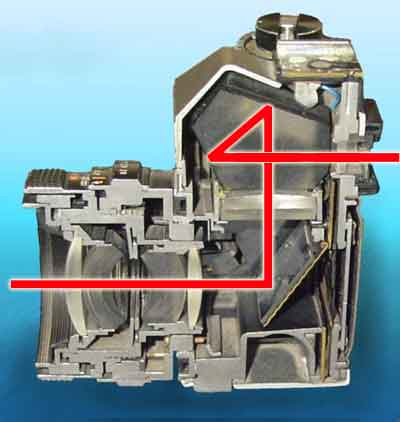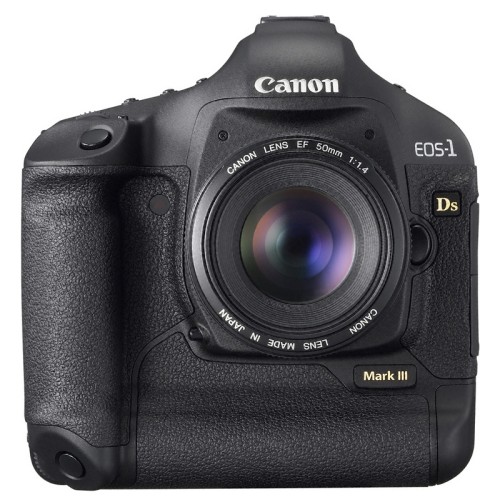Photography is a wonderful hobby and there are several different avenues to pursue to tease your artistic interest. You can choose to use your camera for hobby, art, or even shoot for money. Granted these are all great ideas, but it certainly helps to be well equipped for whichever you choose. Choosing your camera and associated accessories is a daunting task that most people have no idea where to begin. I hope with this blog and my future blog posts that I will assist you in your adventure into photography.
First off I want to describe the different levels of cameras and match them to current or desired skill levels.
A “point-n-shoot” camera-
($50-$300) Is a camera that has limited features and are small and compact. These are ideal for people that just want to capture memories with loved ones and friends. They are convenient to bring on trips and when you are on the because of the small size.
-Skill Level – Mostly everyone has a point-n-shoot camera, pros and amateurs. There is usually no skill required to operate one and usually the auto mode will suffice in taking good pictures.
A “Compact camera” – 
$300-$500 Is a camera that is larger than a point-n-shoot and has similar features to that of an SLR. The benefits of a compact camera is it smaller than an SLR and usually has a large zoom of 12x optical or more. They are usually less expensive and easier to operate than an SLR as well. These are great for people with smaller budgets or want a lot of zoom with out the size and weight of an SLR camera.
-Skill level – Like point-n-shoots, compact cameras do not require much to operate. However, you are not as limited as you are with point-n-shoots. You are capable of manual modes and finely adjusting White Balance, Aperture, Shutter speed, ISO, ect. Compact cameras are great for enthusiasts and people that don’t want to lug around a big SLR, but want more control than a point-n-shoot.
Single Lens Reflex (SLR) or now DSLR (Digital Single Lens Reflex) -
These cameras are considered your professional, top of the line cameras. The big difference between DSLRs and the compact cameras is what you see in the view finder is what you get. That is why they are called Single Lens Reflex cameras.
Light enters through the lens and hits a mirror which reflects the light through a prism and then to your eye. This means you are seeing exactly what you are going to capture unlike viewfinders on compact cameras and point-n-shoots. There is also no delay from the moment you press the shutter release button to when you capture a picture. That means you don’t miss a moment that you would have missed with a point-n-shoot or compact camera. The view finder and no delay are the two biggest reasons people upgrade to a SLR.

Now something to keep in mind with DSLRs is there are several different ones out there and not all of them do the same thing. There are your beginner DSLR’s, the intermediate (semi-pro/amateur) DSLRs and then there are your professional full-frame cameras. I will explain the differences below.
Beginner DSLRs –

$400-$900 Due to popular demand there are more and more smaller and user friendly DSLRs in the market now. The most popular being the Nikon D40 and D60 and the Canon XS and XSi, all great cameras. These “consumer” level cameras are the smallest DSLRs on the shelves and are built to for people who want to take better photographs, but either don’t have the budget for a pro level camera or don’t know how to work a pro camera. These cameras are great and I love selling them to eager photography enthusiasts who enjoy taking good pictures and like the small portable size that packs a lot of power.
Skill Level – The beginner/consumer DSLRs are amazingly simple to use and even have Auto mode to make it even easier. These cameras are great for anyone that enjoys taking good pictures, skilled or not. With the Auto mode anyone can snap a pic and then if you want more control you have you PSAM modes for full control. I think these DSLRs are fantastic and are fit for most people interested in buying a camera.
Intermediate DSLRs –
$1,000-$1,800These are your more powerful cameras that posses faster frames per second, more megapixels, higher noise controls, and much more. Cameras like the Nikon D90 and D300 and the Canon 40D and 50D fit this category. They have higher levels of performance and have larger, weather proof bodies that can handle more use and wear and tear. There are a lot of noticeable differences in overall performance when compared to the beginner DSLRs, however, when considering your decision of which level of camera to buy, ask yourself if you really need the extra power. Most people don’t, but the people really interested in taking great photographs or shooting for money, these cameras are a great buy.
Skill level – The semi-pro level is exactly what is says it is, semi-pro. In order to get your money’s worth out these cameras you really need to understand how a camera works and how to manipulate lighting and your camera settings to get the photographs you desire. These cameras sometimes lack the simple Auto mode and require you to set the settings manually. Knowing how to adjust aperture, shutter speed, ISO, white balance, color control, ect is going to come into play when using this level of camera. Granted, there are people with lots of money and buy the best camera with no idea actually how to use the camera, they will still be able to snap of a pic, but they will not be satisfied with what they see compared to the money they spent and results they expect. In the end, these cameras are great and are for those people who have an idea of what they are doing and are willing to learn.
Advanced DSLRs –
$2,400-$8,000 If you are reading this review, odds are you already know all this information and this part will be repetitive and I apologize. Professional or advanced DSLRs are full-frame cameras that perform extraordinarily in extreme conditions. They have the best noise control, dual slots for compact flash memory cards, large screens, high frames per second, large, bulky bodies, greater bracketing capabilities, and a thousand other options. The Nikon D700, D3, D3x or the Canon 5D Mark II, 1Ds Mark III, are all professional cameras that dominate the wedding, sports, and event photography worlds. There is a whole lot to say about these cameras, but I will just sum it up by saying; if you have the money and want the best performance and know what you are doing, then this is the level for you.
Skill level – You must be a professional and know what you are doing, if you are not a professional then please do not buy a pro camera and make the actual Pros look bad.
I hope you benefitted from my different categories and skill level descriptions. They are meant for you to learn from and decide which category you fall into when buying a camera.
- Jason Kirby

No comments:
Post a Comment